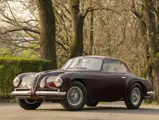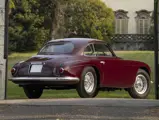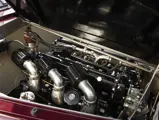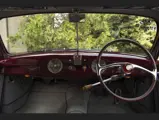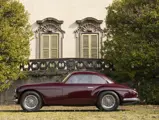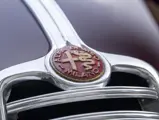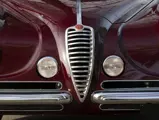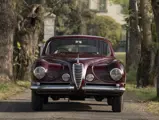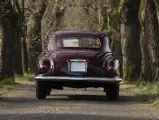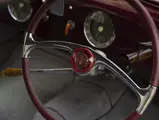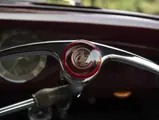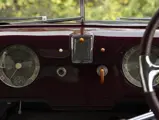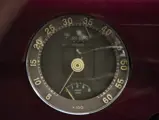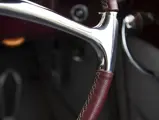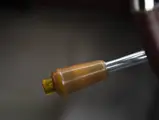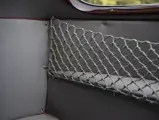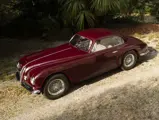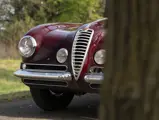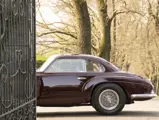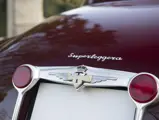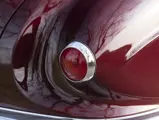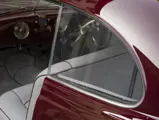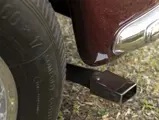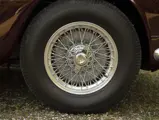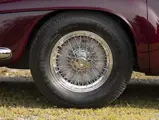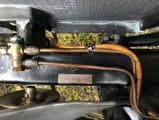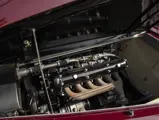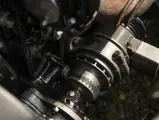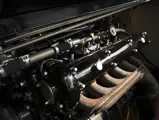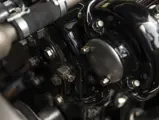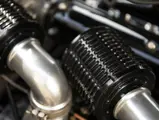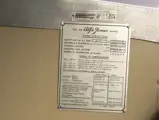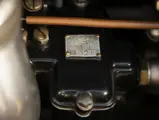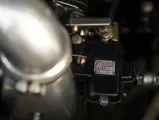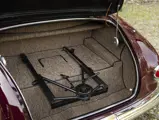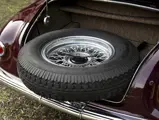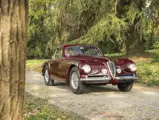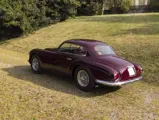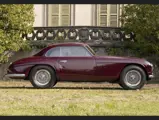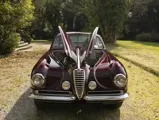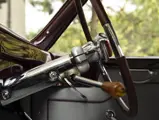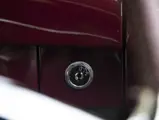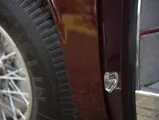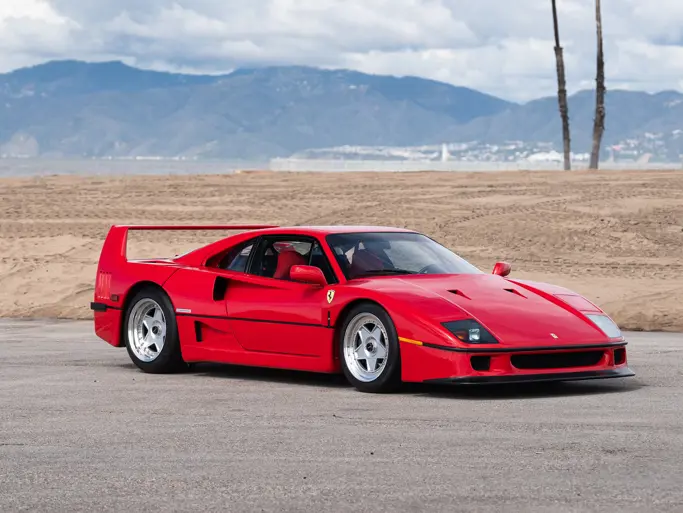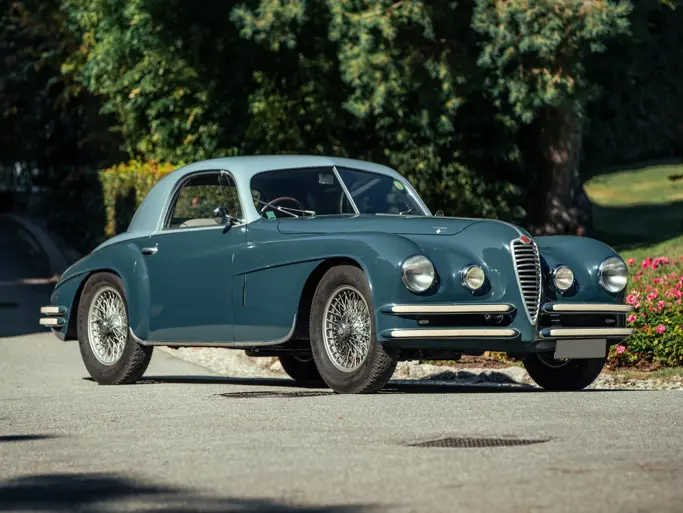Milan
1951 Alfa Romeo 6C 2500 Super Sport Villa d'Este Coupé by Touring
{{lr.item.text}}
€640,625 EUR | Sold
 | Milano, Italy
| Milano, Italy
{{internetCurrentBid}}
{{internetTimeLeft}}

- One of only 36 Villa d’Este Coupés constructed
- Exported to Italy and fully restored roughly 10 years ago
- Participated in the 2017 Mille Miglia
- Accompanied by ASI documentation and a FIVA card
- Una delle sole trentasei Villa d'Este Coupé costruite,
- Esportata in Italia e completamente restaurata circa dieci anni fa.
- Ha partecipato alla Mille Miglia 2017
- Accompagnata dagli attestati ASI e FIVA
Bridging the gap between the pre- and post-war eras, Alfa Romeo’s 6C 2500 debuted in 1939 as the third series of Vittorio Jano’s legendary six-cylinder Alfa Romeos. Capable for 160 km/h, these cars benefitted from four-wheel independent suspension and could be had in a handful of levels of tuning. This included the 87-horsepower Turismo, moving up to the 110-horsepower Super Sport, or SS, and culminating in the track-ready Tipo 256 with 120 horsepower.
Following the war, the first 6C 2500 offered was the Freccia d’Oro, which boasted essentially the same running gear as the pre-war cars. In 1949, Alfa Romeo introduced the Villa d’Este Coupés. Boasting Superleggera coachwork by Touring of Milan, Alfa Romeo dubbed the car Villa d’Este following this design’s success at the Concorso d’Eleganza at Villa d’Este on Lake Como, where it won the Gran Premio Referendum, also known as the People’s Choice Award.
From 1949 to 1952, just thirty-one Villa d’Este Coupés were built, in addition to five cabriolets. This would mark the end of 6C 2500 production (with the exception of a couple of racing cars built in 1953), signaling the end of this legendary era of hand-built Alfa Romeos.
Chassis number 915.913 was delivered new to Paris in August of 1951. Its early history is not entirely clear, but at some point, in the 1950s, the car was involved in an accident and had been shipped from France to the United States in the early 1960s. A photograph of the car is included in the history file, showing it fitted with an Aerlux sunroof. At this time, it was owned by Richard Martgan in Texas and was finished in red with a red and blue interior.
Passing through Jan Bruyjn in the Netherlands in the early 1990s, the 6C 2500 returned to the United States where it remained until at least 2014 and was subsequently exported to Italy. The car was acquired in 2013 by the consignor from Bruno Galatassi, who in his 10 years of ownership had restored the car to how it appears today, finished in beautiful maroon paintwork with a grey cloth interior.
Following the consignor’s acquisition, the Alfa Romeo has been driven in the 2015 Gran Premio Nuvolari, the 2017 Mille Miglia, the Coppa Milano-Sanremo in 2018, and has been shown regularly at the Concorso d’Eleganza Villa d’Este. The car’s participation in those events speaks to its desirability, as it would surely be welcome at a variety of either further touring on concours
A cavallo tra il periodo ante e dopoguerra, la 6C 2500 dell'Alfa Romeo debutta, nel 1939, come terza serie delle leggendarie Alfa Romeo a sei cilindri create da Vittorio Jano. Capaci di 160 km/h, queste auto adottavano le sospensioni indipendenti sulle quattro ruote e potevano essere ottenute con diversi gradi di preparazione. Tra questi, la versione Turismo da 87 cavalli, la Super Sport, o SS, da 110 cavalli e, al vertice, la Tipo 256, pronta per correre, con 120 cavalli.
Terminata la guerra, la prima 6C 2500 offerta fu la Freccia d'Oro, rimasta essenzialmente invariata nella parte meccanica rispetto alle vetture anteguerra. Nel 1949, Alfa Romeo ha introdotto la Villa d'Este Coupé. Dotata di una carrozzeria di tipo Superleggera realizzata dalla Carrozzeria Touring di Milano, Alfa Romeo ha successivamente soprannominato l'auto “Villa d'Este” in seguito al successo di questo progetto al Concorso d'Eleganza di Villa d'Este sul Lago di Como, dove ha vinto il Gran Premio Referendum, come vettura preferita dal pubblico.
Dal 1949 al 1952 furono costruite solo trentuno Villa d'Este Coupé, oltre a cinque cabriolet. Con loro si fa terminare la produzione della 6C 2500 (ad eccezione di un paio di auto da corsa costruite nel 1953) e, con queste auto, si segna la fine dell’era leggendaria delle Alfa Romeo costruite a mano.
Il telaio numero 915.913 è stato consegnato nuovo nell'agosto del 1951, a Parigi. La sua storia iniziale non è del tutto conosciuta ma, a un certo punto, negli anni '50 l'auto è rimasta coinvolta in un incidente e spedita, all’inizio degli anni ’60, dalla Francia agli Stati Uniti. Una fotografia dell'auto, inclusa nel fascicolo storico, la mostra dotata di un tetto apribile Aerlux. A quel tempo, era di proprietà del Texano Richard Martgan, rifinita in rosso con interni rossi e blu.
Passando attraverso l’Olandese Jan Bruyjn, all'inizio degli anni '90 la 6C 2500 è tornata negli Stati Uniti dove è rimasta almeno fino al 2014 prima di essere esportata in Italia. L'auto è stata acquistata nel 2013 dal conferente, Bruno Galatassi che, nei suoi quasidieci anni di proprietà ha provveduto a farla restaurare come appare oggi, rifinita con una bellissima vernice marrone e con interni in panno grigio.
Durante la proprietà del conferente l'Alfa Romeo è stata guidata nel Gran Premio Nuvolari 2015, nella Mille Miglia 2017, nella Coppa Milano-Sanremo nel 2018 ed è stata una presenza regolare al Concorso d'Eleganza Villa d'Este. La partecipazione dell'auto a questi eventi certifica la sua importanza e quanto possa essere ambita la sua presenza in qualsiasi raduno o concorso di auto d’epoca. E’ pronta per essere goduta sotto ogni aspetto: dalla pura bellezza estetica, alla sua velocità che ne mostra la sua straordinaria importanza tecnica.

